R语言笔记(五):Apply函数
文章目录
- 一、Apply Family
- 二、`apply()`: rows or columns of a matrix or data frame
- 三、Applying a custom function
- 四、Applying a custom function "on-the-fly"
- 五、Applying a function that takes extra arguments
- 六、What's the return argument?
- 七、Optimized functions for special tasks
- 八、`lapply`: elements of a list or vector
- 九、`sapply()`: elements of a list or vector
- 十、`tapply()`: levels of a factor vector
- 十一、`split()`: split by levels of a factor
一、Apply Family
R offers a family of apply functions, which allow you to apply a function across different chunks of data. Offers an alternative to explicit iteration using for() loop; can be simpler and faster, though not always. Summary of functions:
apply(): apply a function to rows or columns of a matrix or data framelapply(): apply a function to elements of a list or vectorsapply(): same as the above, but simplify the output (if possible)tapply(): apply a function to levels of a factor vector
二、apply(): rows or columns of a matrix or data frame
The apply() function takes inputs of the following form:
apply(x, MARGIN=1, FUN=my.fun), to applymy.fun()across rows of a matrix or data framexapply(x, MARGIN=2, FUN=my.fun), to applymy.fun()across columns of a matrix or data framex
apply(state.x77, MARGIN=2, FUN=sum) # Minimum entry in each column
## Population Income Illiteracy Life Exp Murder HS Grad
## 212321.00 221790.00 58.50 3543.93 368.90 2655.40
## Frost Area
## 5223.00 3536794.00colSums(state.x77)
## Population Income Illiteracy Life Exp Murder HS Grad
## 212321.00 221790.00 58.50 3543.93 368.90 2655.40
## Frost Area
## 5223.00 3536794.00
- When output of the function passed to
FUNis a single value,apply()output a vector across the columns/rows
apply(state.x77, MARGIN=2, FUN=which.max) # Index of the max in each column
## Population Income Illiteracy Life Exp Murder HS Grad
## 5 2 18 11 1 44
## Frost Area
## 28 2
- When output of the function passed to
FUNis a vector,apply()output a matrix across the columns/rows
apply(state.x77, MARGIN=2, FUN=summary)

三、Applying a custom function
For a custom function, we can just define it before hand, and the use apply() as usual
# Our custom function: second largest value
second.max = function(v) { sorted.v = sort(v,decreasing = T)return(sorted.v[2])
}apply(state.x77, MARGIN=2, FUN=second.max)
## Population Income Illiteracy Life Exp Murder HS Grad
## 18076.00 5348.00 2.40 72.96 13.90 66.70
## Frost Area
## 186.00 262134.00apply(state.x77, MARGIN=2, FUN=max)
## Population Income Illiteracy Life Exp Murder HS Grad
## 21198.0 6315.0 2.8 73.6 15.1 67.3
## Frost Area
## 188.0 566432.0
四、Applying a custom function “on-the-fly”
Instead of defining a custom function before hand, we can define it “on-the-fly”.
# Compute trimmed means, defining this on-the-fly
apply(state.x77, MARGIN=2, FUN=function(v) { sorted.v = sort(v,decreasing = T)return(sorted.v[2])
})## Population Income Illiteracy Life Exp Murder HS Grad
## 18076.00 5348.00 2.40 72.96 13.90 66.70
## Frost Area
## 186.00 262134.00
- When the custom function is simple, this can be more convenient
# Compute trimmed means, defining this on-the-fly
apply(state.x77, MARGIN=2, FUN=function(v) {sort(v,decreasing = T)[2]})## Population Income Illiteracy Life Exp Murder HS Grad
## 18076.00 5348.00 2.40 72.96 13.90 66.70
## Frost Area
## 186.00 262134.00
五、Applying a function that takes extra arguments
Can tell apply() to pass extra arguments to the function in question. E.g., can use: apply(x, MARGIN=1, FUN=my.fun, extra.arg.1, extra.arg.2), for two extra arguments extra.arg.1, extra.arg.2 to be passed to my.fun()
# Our custom function: trimmed mean, with user-specified percentiles
kth.max = function(v,k) { sorted.v = sort(v,decreasing = T)return(sorted.v[k])
}apply(state.x77, MARGIN=2, FUN=kth.max, k=10)
## Population Income Illiteracy Life Exp Murder HS Grad
## 5814.00 4903.00 1.80 72.13 11.10 59.90
## Frost Area
## 155.00 96184.00
六、What’s the return argument?
What kind of data type will apply() give us? Depends on what function we pass. Summary, say, with FUN=my.fun():
- If
my.fun()returns a single value, thenapply()will return a vector - If
my.fun()returns k values, thenapply()will return a matrix with k rows (note: this is true regardless of whetherMARGIN=1orMARGIN=2) - If
my.fun()returns different length outputs for different inputs, thenapply()will return a list - If
my.fun()returns a list, thenapply()will return a list
七、Optimized functions for special tasks
Don’t overuse the apply paradigm! There’s lots of special functions that optimized are will be both simpler and faster than using apply(). E.g.,
rowSums(),colSums(): for computing row, column sums of a matrixrowMeans(),colMeans(): for computing row, column means of a matrixmax.col(): for finding the maximum position in each row of a matrix
Combining these functions with logical indexing and vectorized operations will enable you to do quite a lot. E.g., how to count the number of positives in each row of a matrix?
x = matrix(rnorm(9), 3, 3)
# Don't do this (much slower for big matrices)
apply(x, MARGIN=1, function(v) { return(sum(v > 0)) })
## [1] 2 2 1# Do this insted (much faster, simpler)
rowSums(x > 0)
## [1] 2 2 1
八、lapply: elements of a list or vector
The lapply() function takes inputs as in: lapply(x, FUN=my.fun), to apply my.fun() across elements of a list or vector x. The output is always a list
my.list## $nums
## [1] 0.1 0.2 0.3 0.4 0.5 0.6
##
## $chars
## [1] "a" "b" "c" "d" "e" "f" "g" "h" "i" "j" "k" "l"
##
## $bools
## [1] TRUE FALSE FALSE TRUE FALSE TRUE
lapply(my.list, FUN=mean) # Get a warning: mean() can't be applied to chars
## Warning in mean.default(X[[i]], ...): argument is not numeric or
## logical: returning NA
## $nums
## [1] 0.35
##
## $chars
## [1] NA
##
## $bools
## [1] 0.5lapply(my.list, FUN=summary)
## $nums
## Min. 1st Qu. Median Mean 3rd Qu. Max.
## 0.100 0.225 0.350 0.350 0.475 0.600
##
## $chars
## Length Class Mode
## 12 character character
##
## $bools
## Mode FALSE TRUE
## logical 3 3
九、sapply(): elements of a list or vector
The sapply() function works just like lapply(), but tries to simplify the return value whenever possible. E.g., most common is the conversion from a list to a vector
sapply(my.list, FUN=mean) # Simplifies the result, now a vector
## Warning in mean.default(X[[i]], ...): argument is not numeric or
## logical: returning NA
## nums chars bools
## 0.35 NA 0.50
sapply(my.list, FUN=summary) # Can't simplify, so still a list
## $nums
## Min. 1st Qu. Median Mean 3rd Qu. Max.
## 0.100 0.225 0.350 0.350 0.475 0.600
##
## $chars
## Length Class Mode
## 12 character character
##
## $bools
## Mode FALSE TRUE
## logical 3 3
十、tapply(): levels of a factor vector
The function tapply() takes inputs as in: tapply(x, INDEX=my.index, FUN=my.fun), to apply my.fun() to subsets of entries in x that share a common level in my.index
# Compute the mean and sd of the Frost variable, within each region
tapply(state.x77[,"Frost"], INDEX=state.region, FUN=mean)
## Northeast South North Central West
## 132.7778 64.6250 138.8333 102.1538tapply(state.x77[,"Frost"], INDEX=state.region, FUN=sd)
## Northeast South North Central West
## 30.89408 31.30682 23.89307 68.87652
十一、split(): split by levels of a factor
The function split() split up the rows of a data frame by levels of a factor, as in: split(x, f=my.index) to split a data frame x according to levels of my.index
# Split up the state.x77 matrix according to region
state.by.reg = split(data.frame(state.x77), f=state.region)class(state.by.reg) # The result is a list
## [1] "list"names(state.by.reg) # This has 4 elements for the 4 regions
## [1] "Northeast" "South" "North Central" "West"class(state.by.reg[[1]]) # Each element is a data frame
## [1] "data.frame"
相关文章:

R语言笔记(五):Apply函数
文章目录 一、Apply Family二、apply(): rows or columns of a matrix or data frame三、Applying a custom function四、Applying a custom function "on-the-fly"五、Applying a function that takes extra arguments六、Whats the return argument?七、Optimized…...

Newsqueak:在 Go 之前的一门语言
写在前面 学习一个东西的一种很好的方法,就是去了解这个东西的历史。在我们学习 Go 的过程中,同样也可以去了解下在 Go 之前的一些事情。 内容 Rob Pike 是 Go 语言的作者之一,早年他在贝尔实验室工作,也是 Unix 团队的成员。 …...
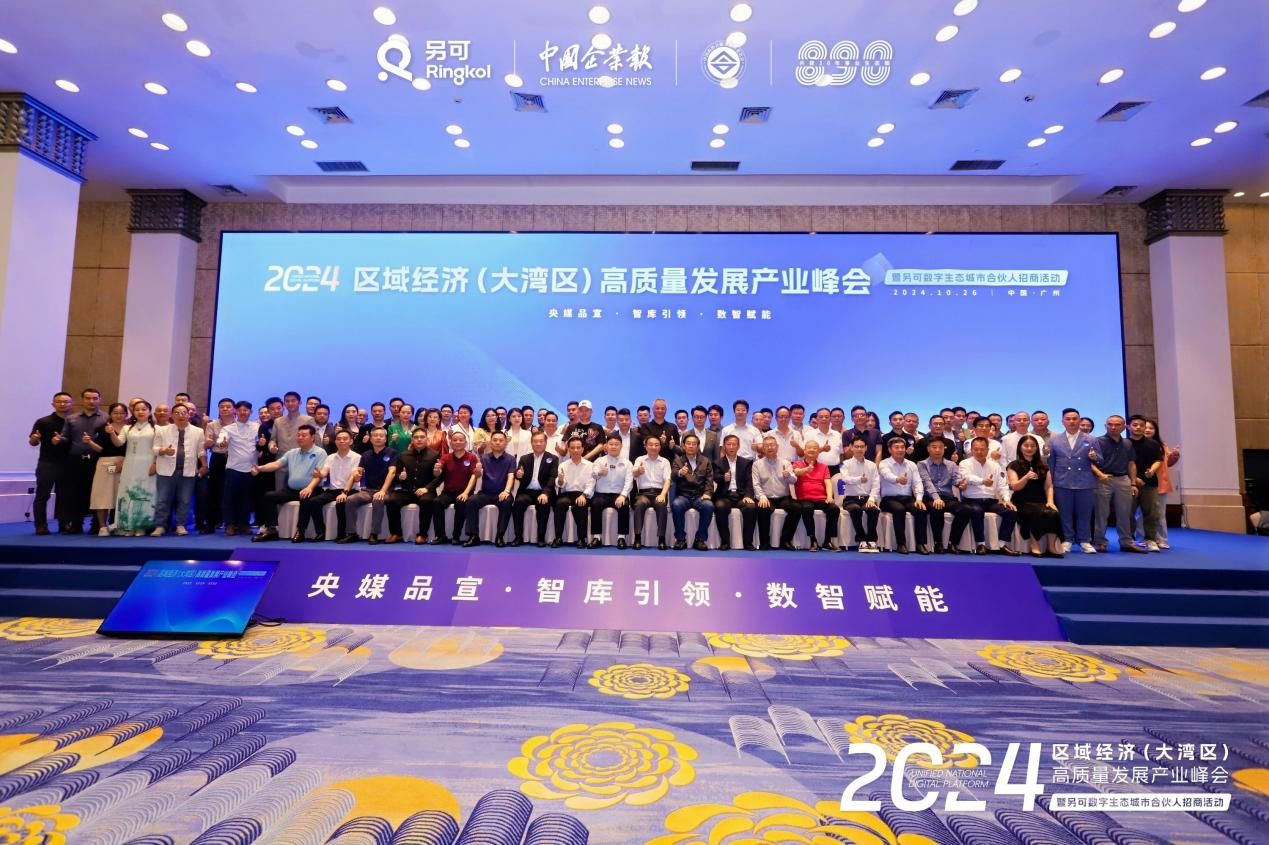
世界酒中国菜与另可数字平台达成战略合作
世界酒中国菜与另可数字平台达成战略合作,共推行业发展新高度 近日,在行业内引起广泛关注的“世界酒中国菜”项目,与“另可”数字平台成功举行了战略合作签约仪式。这一重要合作不仅是双方发展历程中的重要里程碑,更是继世界酒中…...

ElasticSearch基础篇——概念讲解,部署搭建,使用RestClient操作索引库和文档数据
目录 一、概念介绍 二、Elasticsearch的Docker容器安装 2.1拉取elasticsearch的镜像文件 2.2运行docker命令启动容器 2.3通过访问端口地址查看部署情况 三、安装Kibana容器 3.1拉取Kibana镜像容器指令(默认拉取最新版本): 3.2拉取完…...

k8s 二进制部署安装(一)
目录 环境准备 初始化操作系统 部署docker 引擎 部署 etcd 集群 准备签发证书环境 部署 Master01 服务器相关组件 apiserver scheduler controller-manager.sh admin etcd 存储了 Kubernetes 集群的所有配置数据和状态信息,包括资源对象、集群配置、元数据…...
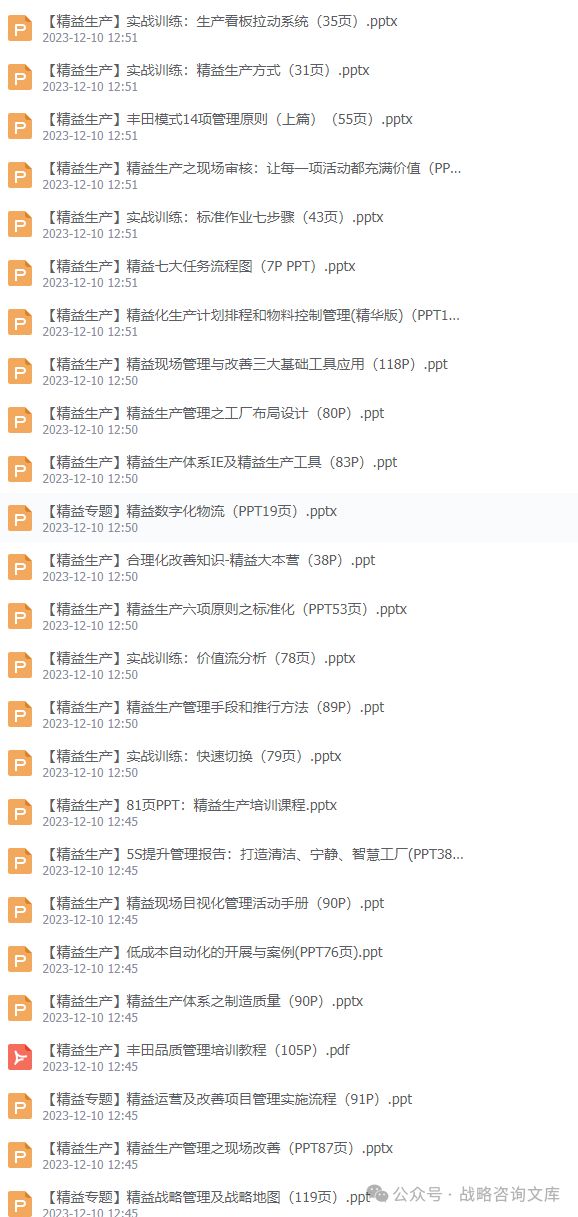
115页PPT华为管理变革:制度创新与文化塑造的核心实践
集成供应链(ISC)体系 集成供应链(ISC)体系是英文Integrated Supply Chain的缩写,是一种先进的管理思想,它指的是由相互间提供原材料、零部件、产品和服务的供应商、合作商、制造商、分销商、零售商、顾客等…...

ubuntu限制网速方法
sudo apt-get install trickle sudo trickle -d <下载速度> -u <上传速度> <命令>例如git clone sudo trickle -d 1024 git clone http://xxxxxxxxxx.git如果想简化指令可以在bashrc中添加如下指令 alias gitttrickle -u 1024 gitgitt为自定义 使用方法&am…...

三品PLM研发管理系统:企业产品研发过程的得力助手
三品PLM系统:全方位赋能企业产品生命周期管理的优选方案 在当今竞争激烈的市场环境中,产品生命周期管理PLM系统已成为企业实现高效、灵活和创新产品开发的关键工具。PLM系统集成了信息技术、先进管理思想与企业业务流程,旨在帮助企业优化产品…...

PyCharm 添加不了 Anaconda 环境
经常会遇到 PyCharm 无法添加新创建的 Anaconda 环境, Setting --> Python Interpreter --> Add Python Interperter --> Conda Environment 中为空,即使打开右侧文件夹路径按钮,选择新创建的 conda 环境,也无法找到 pyt…...

Leetcode 二叉树的右视图
好的,我来用中文详细解释这段代码的算法思想。 问题描述 题目要求给定一个二叉树的根节点,从树的右侧看过去,按从上到下的顺序返回看到的节点值。即,我们需要找到每一层的最右侧节点并将其加入结果中。 算法思想 这道题可以通…...

console.log(“res.data = “ + JSON.stringify(res.data));
res.data[object Object] 说明你在控制台打印 res.data 时,它是一个 JavaScript 对象,而不是字符串。这种情况下,console.log 输出的 [object Object] 表示它无法直接显示对象的内容。 要查看 res.data 的实际内容,你需要将其转换…...

node和npm
背景(js) 1、为什么js能操作DOM和BOM? 原因:每个浏览器都内置了DOM、BOM这样的API函数 2、浏览器中的js运行环境? v8引擎:负责解析和执行js代码 内置API:由运行环境提供的特殊接口,只能在所…...

通过四元数求机器人本体坐标旋转量
是的,通过两次姿态数据(以四元数表示)的差值,可以确定机器人在两个时刻之间的旋转角度变化。具体步骤如下: 获取四元数:假设两个时刻的四元数分别为 ( q_1 ) 和 ( q_2 )。计算四元数的差值: 将…...
-QL语法(递归))
CodeQL学习笔记(2)-QL语法(递归)
最近在学习CodeQL,对于CodeQL就不介绍了,目前网上一搜一大把。本系列是学习CodeQL的个人学习笔记,根据个人知识库笔记修改整理而来的,分享出来共同学习。个人觉得QL的语法比较反人类,至少与目前主流的这些OOP语言相比&…...

Video-XL:面向小时级视频理解的超长视觉语言模型
在人工智能领域,视频理解一直是一个挑战性的任务,尤其是对于长时间视频内容的理解。现在,Video-XL的问世标志着我们在这一领域迈出了重要的一步。Video-XL是一个专为小时级视频理解设计的超长视觉语言模型,它能够处理超长视频序列…...

postgresql subtransaction以及他的效能
文章目录 什么是subtransaction使用子事务PL/pgSQL 中的子事务与其他数据库的兼容性运行性能测试Subtransaction的实现子事务和可见性解释测试结果诊断子事务过多的问题结论 什么是subtransaction 在 PostgreSQL 中,当处于自动提交模式时,必须使用 BEGI…...

新手逆向实战三部曲之二——通过更改关键跳注册软件(爆破)
教程开始: 软件已无壳,具体脱壳请移步"新手逆向实战三部曲之一",这里略去查壳脱壳。 先用OD打开软件试运行了解下注册流程,以便找到突破口 经过对软件的了解,本次教程采用的是下bp MessageBoxA断点的方法找…...

高级SQL技巧:提升数据查询与分析能力的关键
高级SQL技巧:提升数据查询与分析能力的关键 在数据驱动的时代,SQL(结构化查询语言)是数据分析和数据库管理的基础工具。掌握高级SQL技巧不仅能提高查询效率,还能优化数据库结构,使数据分析和报告更加精准高…...

IntelliJ IDEA 安装 Maven 工具并更换阿里源
Maven是一个强大的项目管理工具,可以帮助Java开发者管理项目依赖、构建项目等。在IntelliJ IDEA中安装Maven工具并将其源更改为阿里源的步骤如下: 1. 安装 Maven 通过 IntelliJ IDEA 自带 Maven 打开 IntelliJ IDEA。创建或打开一个项目。点击菜单栏中…...

MIT 6.824 Lab1记录
MapReduce论文阅读 1. 编程模型 Map 函数(kv -> kv) Map 函数将输入的键值对处理为一系列中间值(键值对),并将所有的中间结果传递给 Reduce 处理。 map(String key, String value):// key: document name// val…...
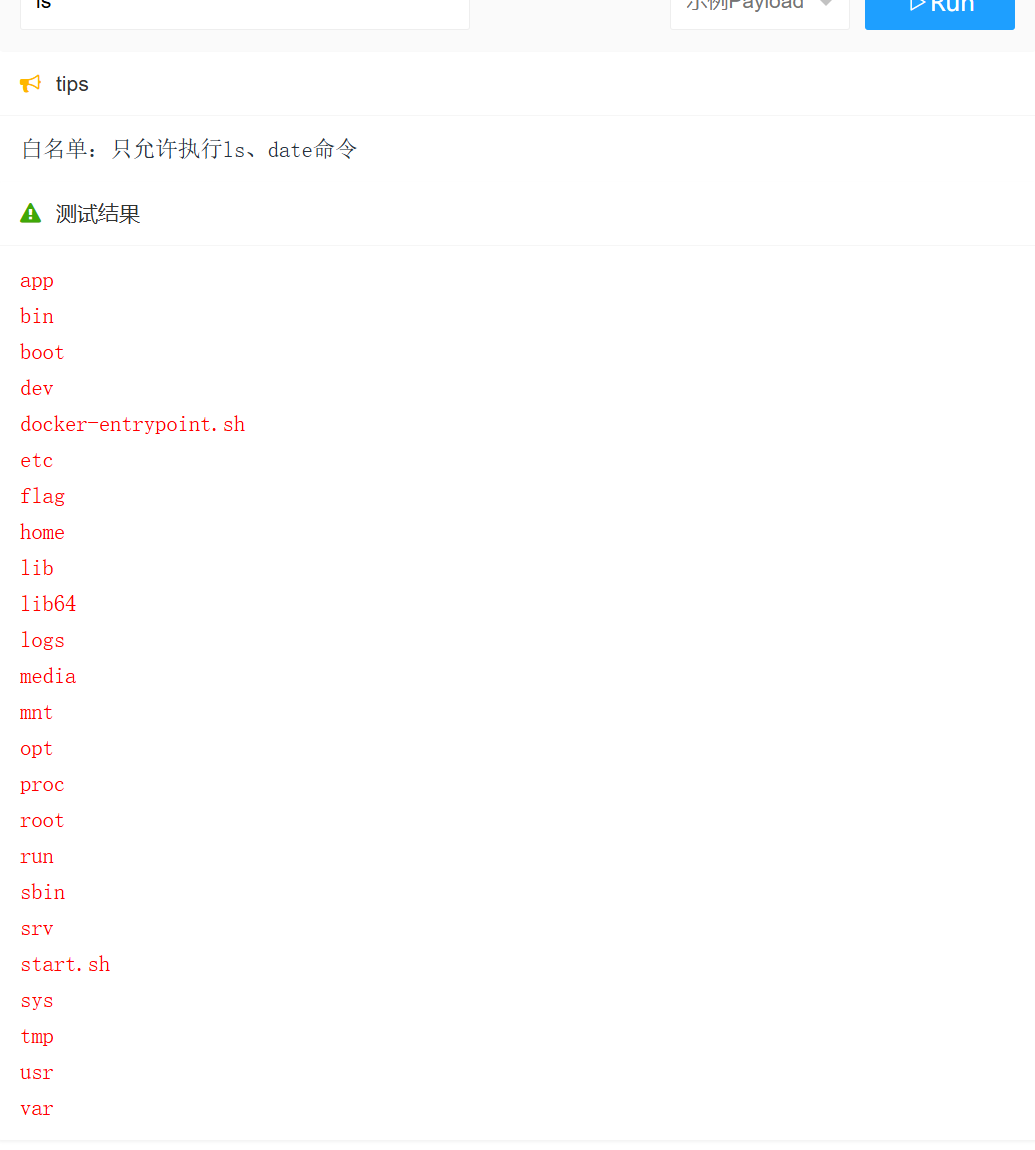
JavaSec-RCE
简介 RCE(Remote Code Execution),可以分为:命令注入(Command Injection)、代码注入(Code Injection) 代码注入 1.漏洞场景:Groovy代码注入 Groovy是一种基于JVM的动态语言,语法简洁,支持闭包、动态类型和Java互操作性,…...

从WWDC看苹果产品发展的规律
WWDC 是苹果公司一年一度面向全球开发者的盛会,其主题演讲展现了苹果在产品设计、技术路线、用户体验和生态系统构建上的核心理念与演进脉络。我们借助 ChatGPT Deep Research 工具,对过去十年 WWDC 主题演讲内容进行了系统化分析,形成了这份…...

安宝特方案丨XRSOP人员作业标准化管理平台:AR智慧点检验收套件
在选煤厂、化工厂、钢铁厂等过程生产型企业,其生产设备的运行效率和非计划停机对工业制造效益有较大影响。 随着企业自动化和智能化建设的推进,需提前预防假检、错检、漏检,推动智慧生产运维系统数据的流动和现场赋能应用。同时,…...

MVC 数据库
MVC 数据库 引言 在软件开发领域,Model-View-Controller(MVC)是一种流行的软件架构模式,它将应用程序分为三个核心组件:模型(Model)、视图(View)和控制器(Controller)。这种模式有助于提高代码的可维护性和可扩展性。本文将深入探讨MVC架构与数据库之间的关系,以…...

leetcodeSQL解题:3564. 季节性销售分析
leetcodeSQL解题:3564. 季节性销售分析 题目: 表:sales ---------------------- | Column Name | Type | ---------------------- | sale_id | int | | product_id | int | | sale_date | date | | quantity | int | | price | decimal | -…...
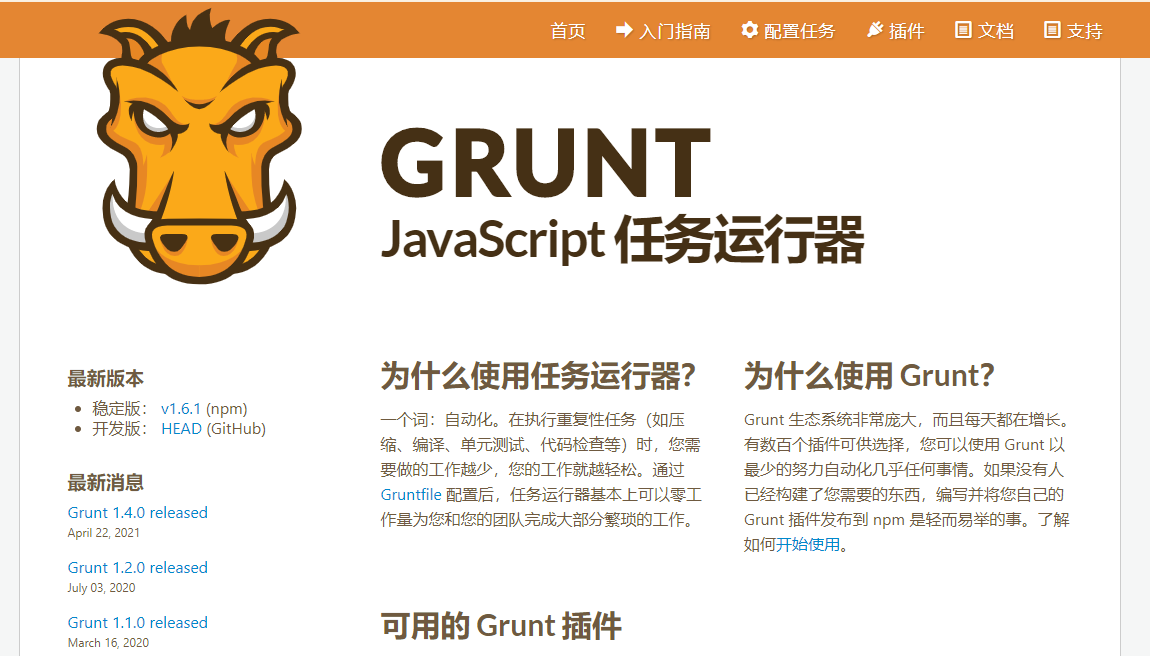
GruntJS-前端自动化任务运行器从入门到实战
Grunt 完全指南:从入门到实战 一、Grunt 是什么? Grunt是一个基于 Node.js 的前端自动化任务运行器,主要用于自动化执行项目开发中重复性高的任务,例如文件压缩、代码编译、语法检查、单元测试、文件合并等。通过配置简洁的任务…...

腾讯云V3签名
想要接入腾讯云的Api,必然先按其文档计算出所要求的签名。 之前也调用过腾讯云的接口,但总是卡在签名这一步,最后放弃选择SDK,这次终于自己代码实现。 可能腾讯云翻新了接口文档,现在阅读起来,清晰了很多&…...

CRMEB 中 PHP 短信扩展开发:涵盖一号通、阿里云、腾讯云、创蓝
目前已有一号通短信、阿里云短信、腾讯云短信扩展 扩展入口文件 文件目录 crmeb\services\sms\Sms.php 默认驱动类型为:一号通 namespace crmeb\services\sms;use crmeb\basic\BaseManager; use crmeb\services\AccessTokenServeService; use crmeb\services\sms\…...
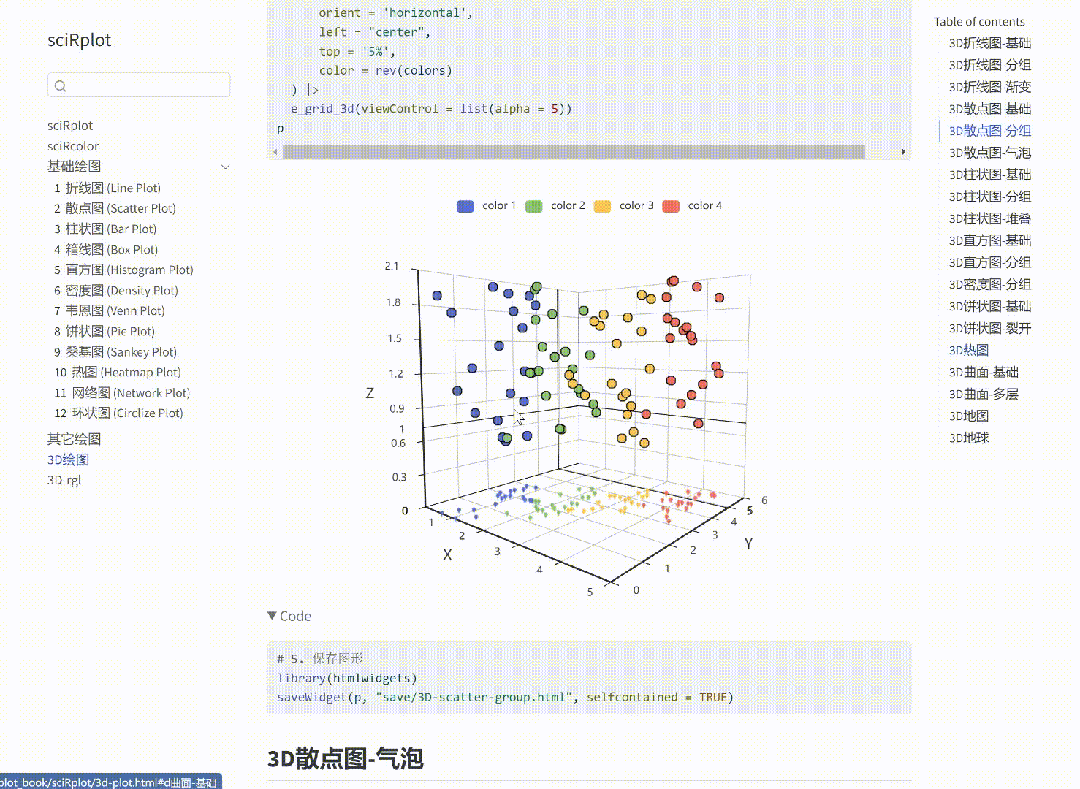
R 语言科研绘图第 55 期 --- 网络图-聚类
在发表科研论文的过程中,科研绘图是必不可少的,一张好看的图形会是文章很大的加分项。 为了便于使用,本系列文章介绍的所有绘图都已收录到了 sciRplot 项目中,获取方式: R 语言科研绘图模板 --- sciRplothttps://mp.…...

解决:Android studio 编译后报错\app\src\main\cpp\CMakeLists.txt‘ to exist
现象: android studio报错: [CXX1409] D:\GitLab\xxxxx\app.cxx\Debug\3f3w4y1i\arm64-v8a\android_gradle_build.json : expected buildFiles file ‘D:\GitLab\xxxxx\app\src\main\cpp\CMakeLists.txt’ to exist 解决: 不要动CMakeLists.…...
